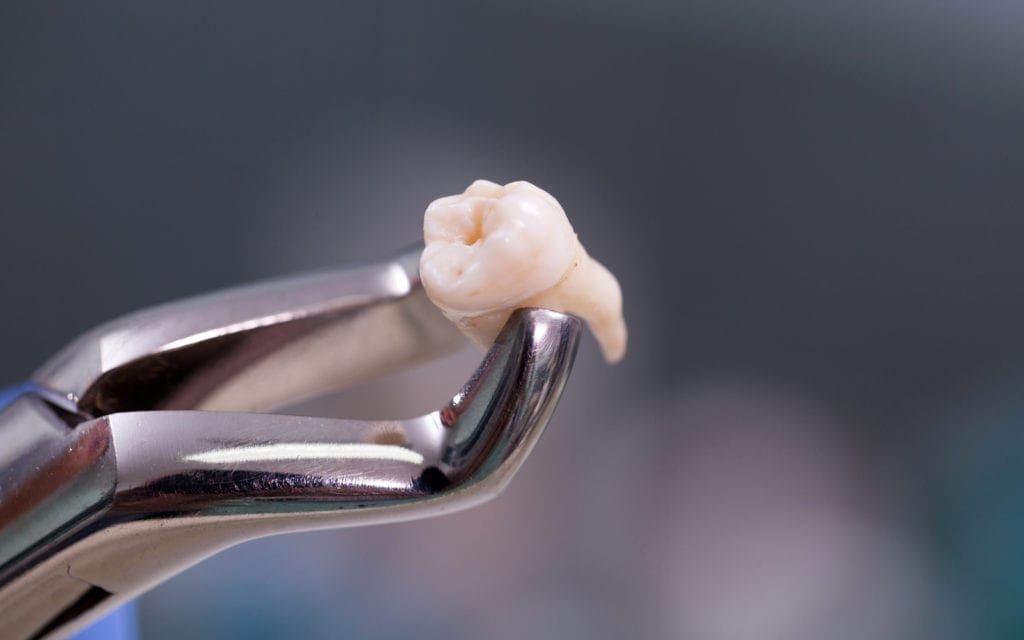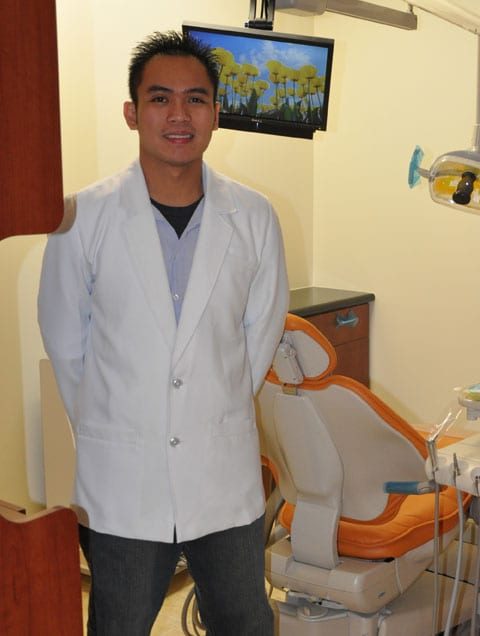Tooth extractions aren’t the painful depictions often seen in movies, but tooth decay is even more painful than the procedure itself. Tooth extractions, at its simplest terms, are procedures that help prevent further decay and erosion of an infected tooth. In many ways, when root canals and other restorative procedures aren’t effective, tooth extractions make way for a newer, improved smile and help patients heal from life-threatening infections and decaying teeth. General dentists, periodontists, and oral surgeons all perform tooth extractions and aim to perform the procedure as painless as possible.
When it comes to dentistry, patient comfort comes first. There are a couple of reasons why your dentists may recommend a tooth extraction, including:
- Tooth Decay – Tooth decay is often the main reason for tooth extraction, as the bacteria that originally surrounded the enamel of the tooth has reached into the pulp and root of the tooth, causing irreversible damage to the tooth’s nerves and tissues. This decay can cause a deadly infection to the surrounding teeth. When the infection is severe enough, a tooth extraction will be needed to remove the infection and the tooth entirely to protect the mouth from further decay.
- Periodontal Disease – Periodontal disease affects the gums, ligaments, and bones surrounding the teeth. Usually, this disease’s initial signs appear as gingivitis, which can normally be treated with regular brushing, flossing, and medication. However, when the infection reaches the periodontal ligaments and infects the teeth’ integrity, sometimes a tooth extraction can prevent the infection from spreading.
- Impacted Tooth – Impacted teeth, also known as wisdom teeth, are when the gums prevent the teeth from erupting to the surface. When this occurs, the impacted teeth can damage the surrounding teeth, causing overcrowding and increasing infection risk. Wisdom teeth removals are often the most performed procedure by dentists, as wisdom teeth are often extracted during this procedure.
- Overcrowded Teeth – Overcrowded teeth sometimes require tooth extractions to help prepare for orthodontic treatment. When there’s no room for the teeth to align and move, the overcrowding can increase infection risk and cause crooked teeth to occur within the mouth. Tooth extractions help provide enough room for the teeth to move and adjust, and help align them.
- Tooth Trauma – Accidents can cause the tooth to become dislodged, cracked, and broken. In many cases, dentists work to preserve the tooth as much as possible with crowns, bridges, and veneers. However, if the tooth’s completely compromised, then tooth extraction will be necessary.
So, how are tooth extractions performed? Tooth extractions can be performed with two methods: simple and surgical. Simple tooth extractions can be performed using forceps, numbing agents, and a dentist’s careful attention to detail to extract the tooth from the mouth and any leftover pieces. When the tooth’s integrity is severely compromised, surgical tooth extractions can be performed by an oral surgeon.
For more information about tooth extractions, how they’re performed, and whether or not you need a tooth extraction, Dr. Reynaldo Barbon at Superb Dental Care in Pasadena, CA, can perform tooth extractions with ease. Contact Dr. Barbon today to learn more about his dental services.












